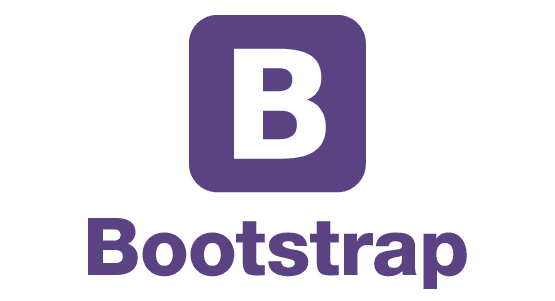The Beauty of UI Frameworks
23 Feb 2017
My History With Creating Websites
UI frameworks are awesome. While some would disagree with this statement, as someone who isn’t much of a visual designer and isn’t that passionate about front-end development they are a godsend. When I first started learning how to program I thought I would try my hand at learning how to build a website, too. It was easy enough picking up HTML and all its different elements, but it was of course a whole different can of worms once I started CSS. It was a tad overwhelming and sometimes irritating trying to figure out how to do something specific with CSS that would make my webpage beautiful, and couple that with the fact that visual design is just not something I enjoy (I personally become a programmer because I don’t care for visual design and enjoy the logic aspect of programming) meant that I never really tried it again. With that said, I would still like to build a custom personal portfolio site before I go out into the professional world and start looking for jobs, and that’s where UI frameworks come in.

Why I like UI Frameworks
There are numerous reasons to use a UI framework, and the first big one is that you can get a webpage running incredibly quickly. While you do need basic knowledge of HTML and CSS and need to put some time into researching and looking at the different elements of your framework, once you do you can get a pretty webpage up quite quickly. And when you do it won’t look like some website out of the 90s or early 2000s with no formatting, it will be pretty and consistently stylized. That is also another benefit of frameworks. They were made by incredibly talented and experienced designers, and as a result have a consistent style. Anyone who has spent some time tinkering with CSS knows how painful it can be to get any sense of cohesiveness while building a website, but that is all a thing of the past with frameworks. It doesn’t matter what type of element you add from the framework, it won’t look out of place. Both Semantic UI and Bootstrap are responsive, which means that they will change to properly fit on any screen. This is most important for those viewing on mobile, and we all know that mobile support is an absolute necessity for any site today.
When you first learn HTML and CSS the recommended way to go about it is to look at other websites and try to copy them. The same approach works when learning a UI framework. I’ve been using Semantic UI for about a week at this point and have been completely surprised by how quickly you could replicate something like Apple’s website. If I wasn’t using a framework I have no idea how long it would take me to gain the knowledge to recreate a website like that. It has even motivated me to try and fix up the website for my dad’s small business, which just uses a generic and bland Wordpress theme.
I’ve stated previously how I don’t plan to pursue a career as a front-end web developer, but if you do want to be one there is still a lot to gain from using frameworks. Both Semantic UI and Bootstrap are open source, so you can actually look at the code to see how the developer’s implemented something. And if go further than me with web development and end up not liking frameworks like Semantic UI or Bootstrap, frameworks are such a vital part of web development anyways that only good things can come with learning how to use one.